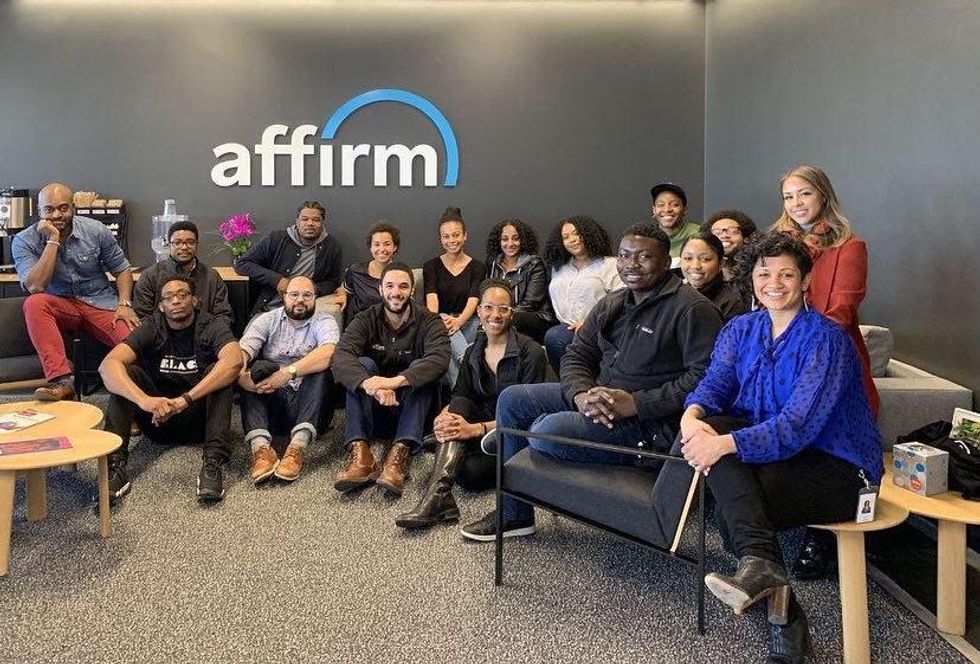While leaders often excel in steering their organizations toward success, they must engage in continuous self-reflection to identify and address their leadership weaknesses.
In this article, Work It DAILY experts from Vistage, renowned for their expertise in executive coaching and leadership development, share invaluable insights on recognizing and addressing leadership weaknesses. Read on to tap into the collective wisdom of these experts, gaining practical tips and actionable strategies to enhance your leadership acumen.
Kirsten Yurich
[embedded content]I have a 3-M policy when it comes to leadership weaknesses. And it doesn t involve Post-it notes! The three Ms are mindset, mentoring, and measurement.
Armed with these three Ms, a leader will spot and correct their biggest weaknesses!
The first "M" is mindset. A leader who desires to practice leadership at its highest level must cultivate a mindset of humility. We see humility and vulnerability a lot these days and for good reason. The leader who understands they are not perfect may lack key skills and knowledge in certain situations, or is just downright fallible... Is a leader people are willing to follow. This leader will receive honest feedback from those around them. And will engender positive and authentic relationships with key team members.
The second "M" is mentoring. Any person who wants to become a leader or a better leader needs to spend time with people who are further down the path than they are. This could be mentoring or coaching or even a peer group. Placing yourself in a position to get advice, challenge, encouragement, and perspective will go a long way toward finding and closing those performance gaps.
The third and final "M" is measurement. Measurement takes the form of formal or informal and valid instruments designed to give you objective feedback about your skills, preferences, impact, and performance. In this realm, we have to be very careful consumers. There are tools out there that have excellent face validity and no substance. However, I firmly believe that if we want to change something we have to measure it.
Armed with the "3-M" strategy, any leader can improve!
Kirsten Yurich is a former CEO and current Vistage Chair. As a clinician, professor, author, and executive, she leverages this unique blend and creates learning environments for executives to become better leaders, spouses, and parents.
Mark Fackler

Image from Bigstock
Identifying weaknesses in yourself, as a CEO, is critically important for growing your company. You are the bottleneck. Since your weaknesses affect the entire company, dealing with them, however hard, is a great return on investment.
Depending on your level of self-awareness, identifying some of your weaknesses can be easy, but even the most self-aware individuals need to look to others for help.
But as a CEO, getting honest feedback is problematic. People defer to you. Talking truth to power is difficult. Employees often withhold the feedback that is the most important for you to hear.
Creating the right culture will make getting feedback on weaknesses easier. You need to create a culture where feedback is the norm and not just positive feedback. You need to model for your staff the right way to provide feedback, both positive and negative. Feedback should be specific and timely, and most importantly, negative feedback should be non-judgmental.
There is a saying, Praise in public, criticize in private. I strongly disagree. If you create a culture where feedback to help someone is only done in private, you are missing out on group learning. Failure should be celebrated. Failure talked about publicly will lead to the identification of weaknesses. You can t fix a weakness until it is identified.
Another great source for feedback is a peer group, a peer group without competitors and vendor relationships. When I joined such a group, a Vistage CEO group, it took just a few months for my fellow CEOs to see one of my weaknesses. They saw me avoiding a tough conversation that I needed to have with a key executive. When month after month they offered advice that I did not take, they realized it was not a lack of knowledge, but a weakness that I needed to confront. Because they were my peers, there was no deferential treatment. There was no judgment, just a desire to help me.
Find your weaknesses. Fix your weaknesses. Don t just count on self-discovery. Create a company culture where non-judgmental feedback is the norm. Join a peer group. Be relentless. Never stop improving.
Mark Fackler is a retired CEO and currently leads the Vistage CEO group that he was a member of from 1991 to 2002. He is passionate about creating great ROI for his member CEOs.
Mike Thorne

Image from Bigstock
There are three critical areas for CEOs to pay attention to spot leadership weaknesses.
The first is unstructured self-reflection/assessment. Find some quiet time and think about the things that are always on your mind that you avoid dealing with.
The second is structured. Seek either executive coaching or even behavior therapy. We often need a sounding board to work through whatever we are going through.
The third, and last, is to look at metrics for insights. Employee turnover, morale, general team dynamics. Look for patterns of issues that crop up and dig into why. Deal with them before they become crises.
Mike Thorne is a former CEO and current Vistage Chair. He leads and facilitates a group of trusted advisor entrepreneurs and a CEO peer group in New Hampshire and Maine.
How have you spotted your biggest leadership weakness? Join the conversation inside Work It DAILY's Elite Program.
From Your Site Articles
Related Articles Around the Web






